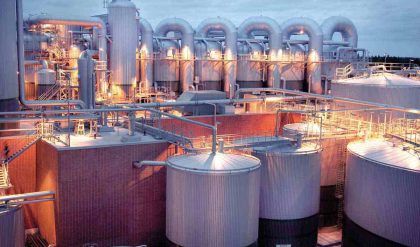A balanced chemical equation together with standard conventions adopted and including the value ∆H of the reaction is called a thermochemical equation.
The following conventions are necessarily adopted in a thermochemical equation :
1. The coefficients in a balanced thermochemical equation refers to number of moles of reactants and products involved in the reaction.
2. The enthalpy change of the reaction ∆rH has unit KJ mol-1 and will remain as it is, even if more than one mole of the reactant or product are involved but with only the magnitude changing.
3. When a chemical equation is reversed the value of ∆H is reversed sign with the magnitude remaining the same.
4. Physical states of all species is important and must be specified in a thermo chemical equation since ∆H depends on the phases of reaction and products.
5. If the thermochemical equation is multiplied throughout by a number, the enthalpy change is also be multiplied by the same number value.
6. The negative sign of ∆rH0 indicates the reaction to be an exothermic reaction and positive sign of ∆rH0
indicates an endothermic type of reaction.
For example, consider the following reaction,
2H2(g) + O2(g) — > 2H2O(g) ∆rH 0= -483.7 KJ.mol-1
2H2(g) + O2(g) — > 2H2O(l) ∆rH 0= -571.1 KJ.mol-1
The above thermochemical equations can be interpreted in several ways.
483.7 KJ given off per mole of the reaction ==
483.7 KJ given off per 2 moles of H2(g) consumed ==
483.7KJ given off per mole of O2(g) consumed ==
483.7 KJ given off per 2 moles of water vapour formed
The above equation describes the combustion of H2 gas to water in a general sense. The first reaction can be considered as the formation reaction of water vapour and the second reaction as the formation of liquid water. Both the reaction refer to constant temperature and pressure.
The negative sign of ∆H indicates that it is an exothermic reaction which is exothermic in the forward direction is endothermic in the revere direction and vice-versa. This rule applies to both physical and chemical processes.
eg. 2H2O(l) — > 2H2(g) + O2(g) ∆rH0 = +571.1 KJ.mol-1
2H2O(g) — > 2H2(g) + O2(g) ∆Hr0 = +483.7 KJ.mol-1


Comments are closed.